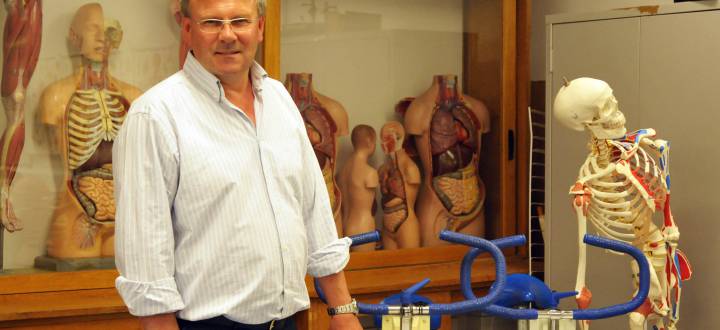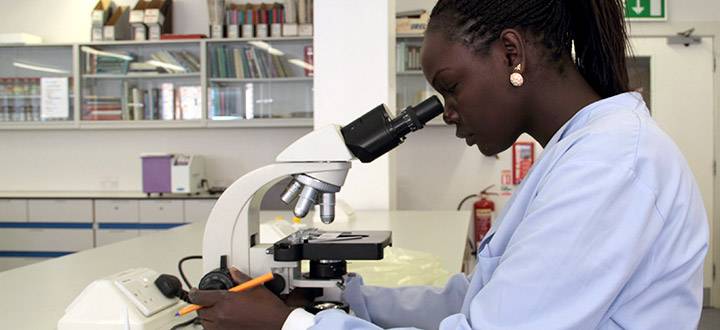Zooming in on migrant sex workers
Professor Nick Mai is using participant ethnographic filmmaking to understand the relationship between migration, sex work and trafficking.

According to the United Nations' 2016 Global Report on Trafficking in Numbers, sexual exploitation and forced labour are the most prominent forms of trafficking. Whereas about 54% of the "53,700 victims detected" between 2012 and 2014 were trafficked for sexual exploitation, for "female trafficking victims" the number rises to as much as 72%. The UN's biennial report, which is 121 pages long, covers the issue of trafficking in detail, from legislative responses to the regional/continental trends. However, it doesn't address the ratio, let alone the relationship, between trafficking for sexual exploitation and consensual sex work, and only defines its "detected trafficking victims" by country, sex and age. There's only one story for the 28,998 recorded victims of sexual exploitation – that of coercion, deception and abduction.
Sexual humanitarianism
"Most migrants decide to work in the sex industry in order to have a better life and to escape the forms of exploitation they meet in other jobs," says Professor Mai, a sociologist, ethnographer and filmmaker at Kingston University London. "Humanitarian and governmental rhetoric often obfuscate this complex mix of opportunities and constraints by addressing all migrant sex workers as victims of trafficking, and by enforcing restrictive and criminalizing measures that ultimately exacerbate their vulnerability to exploitation."
Professor Mai describes the phenomenon as sexual humanitarianism, a term he coined to highlight the way all migrants working in the sex industry tend to be represented and targeted as victims of trafficking by the media, policy makers, authorities and non-governmental organisations. His project SEXHUM (Sexual Humanitarianism: Migration, Sex Work and Trafficking), running to September 2020, studies the relationship between migration, sex work, exploitation and trafficking in eight cities around the world to understand how anti-trafficking initiatives and asylum processes affect the very people they claim to protect.
All about migrants
"SEXHUM adopts a migration studies perspective and a participative approach to focus on migrant sex workers addressed by sexual humanitarianism as victims of trafficking." Professor Mai explains. "It reappraises the concepts of exploitation, slavery and trafficking through the lens of how they are understood and experienced by migrants."
The objectives of SEXHUM are to:
- Gather consistent qualitative data on migrants working in the sex industry, including sexual minority migrants
- Develop an innovative conceptual and social intervention framework
- Map policy regimes in six urban settings around the world as well as produce and disseminate policy recommendations
- Define and produce indicators of what constitutes exploitation in the global sex industry
- Propose an innovative ethical framework for the study of vulnerable populations
Art meets science
Putting migrants at the centre of the study, Professor Mai will be using semi-structured interviews, ethnographic observations and participative film-making to create arresting films that are inspired by Jean Rouch's ethnofiction. The aim of this "high-risk, high-gain" ethnographic method is to open new frontiers in the study of migration, sex work and trafficking, and to produce much needed user-based data on the efficiency of current anti-trafficking initiatives.
TRAVEL – the Trailer (2016)
Travel (63 min) is a two-screen, ethnofiction film-installation presenting the life history of Joy, a Nigerian migrant woman selling sex in the Bois de Vincennes in Paris.
- Find out more about SEXHUM project
- Find out more about Professor Nicola Mai, School of Social and Behavioural Science, by visiting his staff profile.
Contact us
- For non-student research enquiries, email the Research Office
- Research contacts
- Graduate Research School contacts
- Business and Enterprise contacts
- How to get to Kingston University
Contact us
- For non-student research enquiries, email the Research Office
- Research contacts
- Graduate Research School contacts
- Business and Enterprise contacts
- How to get to Kingston University


